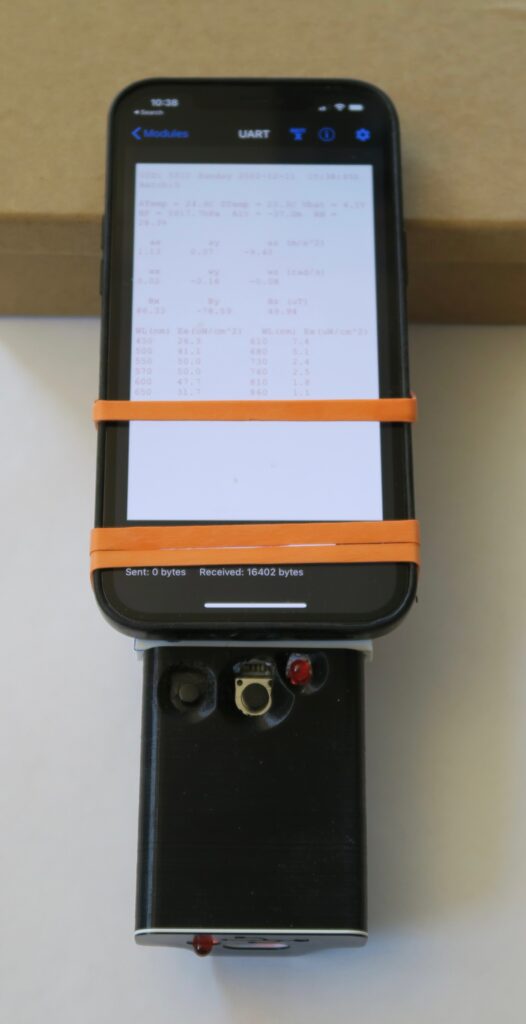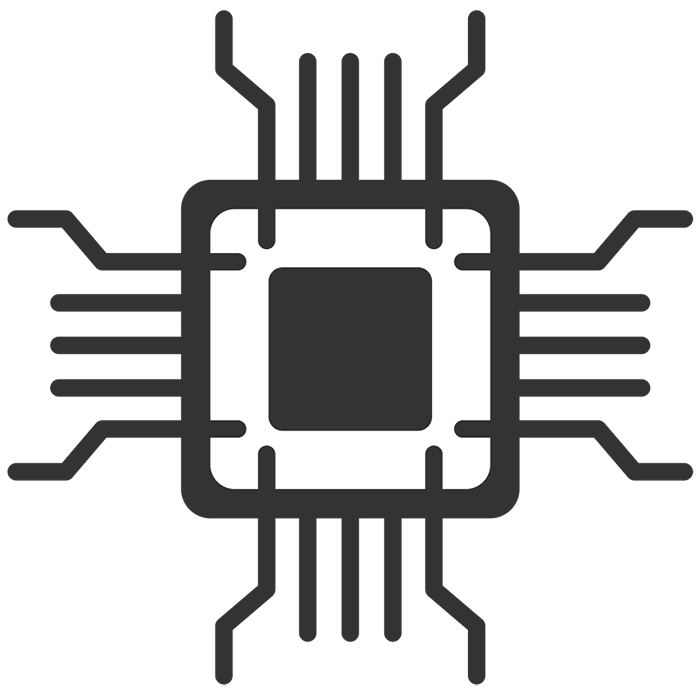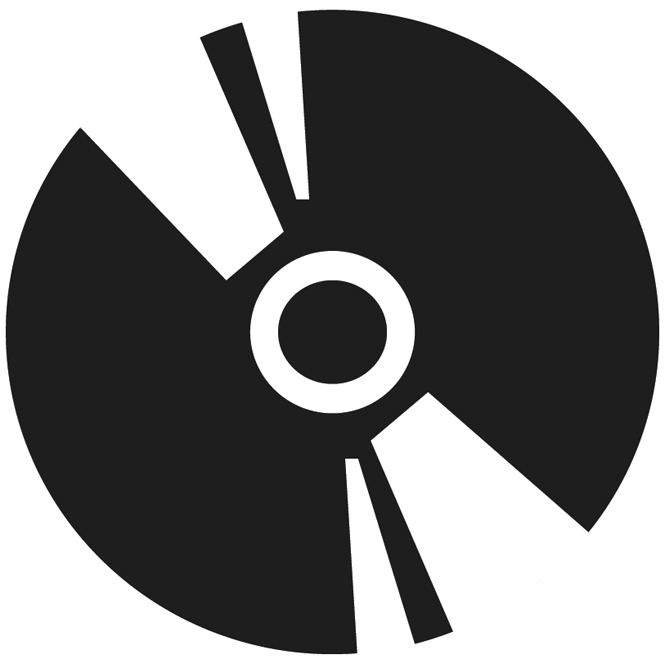The STELLA-2.0 takes measurements in 12 bands across a wavelength range of 450 – 860 nm. It requires 3D printing and soldering to build.
Build Your Own STELLA 2.0
 The STELLA instruments measure light spectra in the 450 to 860 nm wavelengths, with six bands in the visible and six bands in the near infrared.
The STELLA instruments measure light spectra in the 450 to 860 nm wavelengths, with six bands in the visible and six bands in the near infrared.
STELLA 2.0 has 3 axis accelerometers, gyroscopes, magnetometers, and bluetooth capabilities.
These instruments were designed to be assembled and programmed by anyone interested in building their own spectrometer. Two versions of the STELLA instrument (1 and 2) require skill with protoboard soldering.
Each instrument records data to a micro SD card, with a real time time and date stamp and data batch number. The STELLA-2 makes two measurements per second. The sample interval and the number of samples per average can be set by the user.
The software is written in Circuit Python, a Python programming language variant for microcontrollers, with emphasis on readability so that a novice may be able to understand it, though no knowledge of Python is needed, since programming the instrument is by drag-and-drop file copying. The housing parts and spacers needed for assembly are designed to be 3D printed on a fused-filament printer of 200mm cube volume.
All STELLA versions measure light spectra, air temperature, and humidity, and log the measurements with a UTC (Universal Coordinated Time) timestamp. The STELLA-1 and STELLA-2 are also sensitive to thermal infrared, to measure the surface temperature of materials with high optical emissivity. STELLA-1 and 2 measure barometric pressure, which serves as a proxy for altitude. STELLA-2 is optimized for drone use, weighing 110g with the housing included.
STELLA-2 is optimized for drone use, weighing 110g with the housing included.
These sensors were chosen for precision, accuracy, stability, and cost. In particular, the spectral sensor’s band pass filters are silicon thin film interference filters, which are highly stable over time and temperature.
Visible Irradiance: 450, 500, 550, 570, 600, 650nm bands, with centers +/- 5nm. Measurement bands are 40nm FWHM (full-width half-max). Irradiance is measured in µW/cm^2, to +/-12%. The field of view is 40 º FWHM.
Near Infrared Irradiance: 610, 680, 730, 760, 810, 680nm bands, with centers +/- 5 nm. Measurement bands are 20nm FWHM. Irradiance is measured in µW/cm^2, to +/-12 %. The field of view is 40 º FWHM.
Thermal Infrared Remote Surface Temperature: A beam-defined thermopile sensor measures surface temperature to +/- 0.5 ºC for emissive (non-shiny) surfaces. Most natural and many constructed surfaces are highly emissive, with the exception of bare metal surfaces. We chose the field of view, 35 º, to nearly match that of the spectral sensors. Due to the fields of view of the sensors, the diameter of the measurement area is approximately the same as the stand off distance (0.7x). At 1m distance, the sensors average the irradiance over a circular area of about 1 m in diameter. At 10 m standoff, as from a drone or tower, the area of the measurement is approximately 10 m in diameter.
Humidity: +/-3 % relative humidity (1 and 2), +/-1.8 % (Q)
Air Temperature: +/-0.3 ºC
Barometric Pressure: +/- 1 hPa (1 and 2).
STELLA-2 additional capabilities: 3 axis accelerometers, gyroscopes, and magnetometers. Bluetooth connection with Adafruit’s Bluefruit Connect app for iPhone and Android.
The STELLA-2 can be mounted on a drone using rubber bands at built-in pick points, or a smartphone may be attached to the instrument to take co-aligned photos of the measurement area.
* Any use of trade, firm, or product names is for descriptive purposes only and does not imply endorsement by the U.S. Government.





